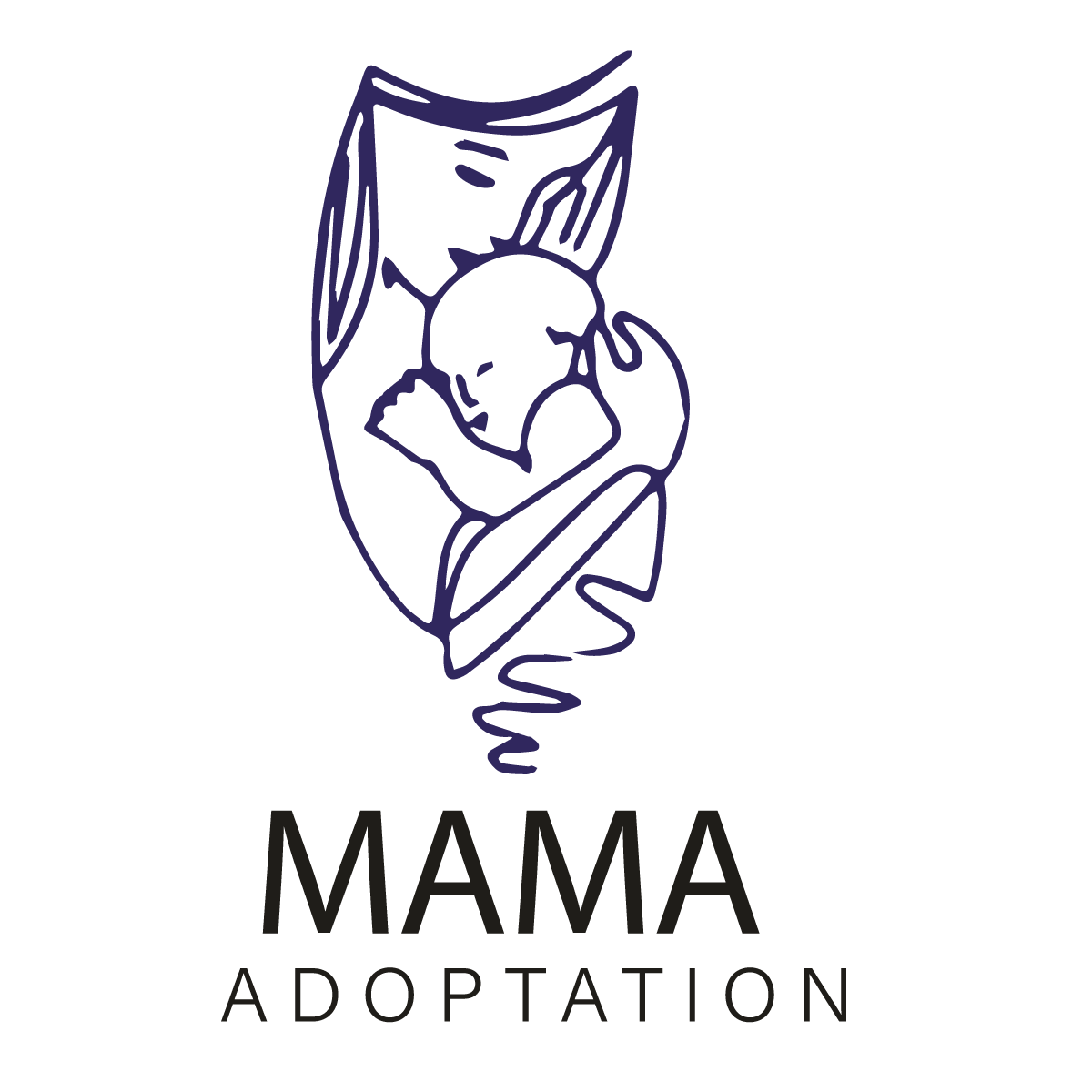For the parents sometimes it is a crucial question “Is feeding a baby every 2 hours at three months too often?” But don’t worry you are at the right place. We understand that the early months of parenthood are dizzying with diaper changes, cuddles, and, of course, feeding. If you have a baby aged 3 months who seems to want a nurse or bottle-feed every 2 hours, you are not alone. Although it may seem overwhelming, parents often wonder if their baby is eating too often. Worry not caregivers! This blog aims to clear the confusion and give you informational guidance on 3-month-olds’ eating habits.
Let’s dive into the amazing world of infant development, looking into why frequent feedings are indeed absolutely fine and even necessary at this age. We’ll also discuss common concerns, such as overfeeding and spoiled babies, and give you the required knowledge to go through this exciting (and at the same time messy!) feeding journey with ease.
Understanding a 3-Month-Old’s Feeding Pattern:
A 3-month-old feeding pattern often follows a three-act structure:
Act I: Energetic Beginning Morning & Early Afternoon
Do expect frequent feedings, spaced 2-3 hours apart. This supports your baby during their active experimentation which is essential for their growth.
Act II: The Grand Pause of Late Afternoon & Evening
The feedings may become a little bit less often with the intervals, lasting from 3 to 4 hours. It enables more sustained breaks from sleep.
Act III: Nighttime Encore
One to two nighttime feedings are common. Do not forget that sleep patterns can be regular but even so, occasional night wakings to feed are normal.
Cues and Connection for Baby Feeding:
Where some sources speak of well-ruled schedules, it should be kept in mind that every baby is an individual with its own requirements. Instead of strictly following a clock, give precedence to your baby’s hunger signals. These cues can be quite subtle, therefore watch out carefully. Search for sucking, rooting motions, fussiness, hand-to-mouth, fussiness, hand-to-mouth movements, and changes in facial expressions. Responding promptly to these cues fosters a trusting and responsive feeding relationship between you and the baby.
Also Read: Introducing Solid Food To Your Baby
Nutrition for Your 3-Month-Old Baby
Given that your little one is already 3 months of age, a new phase in development takes off for them, likewise, their journey with food begins. This is the providential time for parents to get acquainted with the intricacies of normal feeding patterns, to guarantee that the child gets the vital nutrients for favourable development and health.
- 1 – Frequency Matters:
Your baby is probably feeding five to six times a day at this stage. The baby will also be starting to go longer times between feeds. Learning to read your baby’s hunger signals becomes pivotal. Keep an eye out for signs such as rooting, hand-sucking, or increased alertness; all these could be symptoms of a new feeding time.
- 2- Responsive Feeding:
Responsive parenting is about tuning in to your baby’s signals and responding immediately. Whether it is hunger, discomfort, or a need for comfort these needs can be acknowledged and fulfilled. This way a secure attachment would be formed. When it comes to feeding, be mindful of your baby’s hunger signs; serve the breast or bottle when they manifest readiness.
- 3- Breastfeeding or Bottle-Feeding:
It is a personal choice between breastfeeding and bottle-feeding and both methods can be nutritive. If breastfeeding, ensure the baby is latching correctly; if bottle-feeding, choose an appropriate formula. Pay attention to your baby’s sucking patterns as they must exhibit a rhythmic and coordinated suck-swallow-breathe cycle.
- 4- Sleep and Feeding Routine:
Your infant will begin to develop a predictable daily routine and the nighttime sleep periods will begin to lengthen. Make sure that your baby gets the proper amount of food during the day so that they can have longer stretches of night sleep. However, every baby is different and the sleeping and feeding patterns should be also treated separately in every case.
- 5- Introduction of Tummy Time:
At three months one begins to need to introduce tummy time as part of the baby’s routine to encourage their physical growth. Let them have short intervals of tummy time, being closely watched, between feedings to strengthen their neck and improve their overall muscle tone.
- 6- Consulting with Healthcare Professionals:
Scheduling regular appointments with your paediatrician is important to catch up with how your baby’s development is progressing and to be sure she/he is meeting developmental milestones. If you feel that your baby has feeding problems then raise the issue with some health care professionals.
Also Read: Why Is Baby Biting Bottle Nipple?
How Much to Feed an Infant 3 Months Old
Figuring out how much to feed a 3-month-old involves a mix of observing your baby’s cues, nutritional requirements, and feeding methods (breastfeeding or bottle-feeding). However you should consider that individual babies may have different appetites, therefore flexibility is vital. Here are some general guidelines:
- 1- Breastfeeding:
Infants are usually fed according to demand, having signals such as rooting, sucking hands, or increased alertness. Feed your baby whenever he/she shows signs of hunger, aiming for about 8 to 12 feedings per day.
- 2- Nursing Sessions:
One can not tell how long a breastfeeding session will last; from 10 minutes to 45 minutes is the common time frame. Allow your infant to breastfeed on one breast until they indicate to slow down, then give them the other side if they’re not done yet.
- 3- Bottle-Feeding:
Typically, bottle-fed babies take 4 to 6 ounces in every feeding, about 6-8 feedings in a day. This will be dependent on the needs of your baby.
- 4- Observing Hunger Cues:
Look for signs like lip-smacking, grabbing the bottle, or turning away when they are full. Responding to these signals can thus prevent overfeeding.
- 5- Combined Feeding (Breastfeeding and Bottle-Feeding):
If you are pumping breast milk and bottle feeding, target about 2 to 4 ounces per feeding, progressively increasing as your baby’s appetite develops.
- 6- Balancing Breast and Bottle:
Pay attention to your baby’s signals as you provide an alternative breast and bottle. Some babies may choose one over the other, be aware of this and adapt to their needs.
Signs of Adequate Feeding:
Here are some signs which indicate adequate feeding:
- Satisfied Behavior: A baby who has just been fed appears happy with a relaxed body language.
- Weight Gain: Routine visits to your paediatrician will enable tracking of your baby’s weight gain, for you to know if he/she is gaining weight as expected.
- Wet Diapers: Expect 6-8 wet diapers a day pointing out that your baby’s hydration is adequate.
- Steady Development: Your infant must achieve his/her developmental milestones and should be alert and engaged between feeds.
Also Read: Why My Baby Hits The Bottle While Eating
3-month-old baby Feeding Schedule:
For your feasibility, we have compiled a 3-month-old feeding schedule that you can follow.
| Time | Activity |
| 7:00 AM | Wake up and diaper change |
| 7:15 AM | Breastfeed or 4-6 oz formula |
| 8:30 AM | Tummy time and play |
| 10:00 AM | Nap time |
| 11:00 AM | Wake up and diaper change |
| 11:15 AM | Breastfeed or 4-6 oz formula |
| 12:30 PM | Play and interactive time |
| 2:00 PM | Nap time |
| 3:00 PM | Wake up and diaper change |
| 3:15 PM | Breastfeed or 4-6 oz formula |
| 4:30 PM | Short playtime or go for a stroll |
| 6:00 PM | Nap time |
| 7:00 PM | Wake up and diaper change |
| 7:15 PM | Breastfeed or 4-6 oz formula |
| 8:30 PM | Bath time and calming activities |
| 9:00 PM | Bedtime routine (dim lights, lullabies) |
| 9:30 PM | Breastfeed or 4-6 oz formula |
| 10:30 PM | Nighttime sleep |
| Night Feedings | As needed (e.g.12:30 AM, 3:30 AM) |
| Early Morning | 6:00 AM – Wake up and feeding |
Can Three-Month-Olds Go For That Long Between Feeds?
An infant normally feeds every 2 to 3 hours in the daytime and most may up to 4 hours between feeds. Nighttime feedings may still be required, e.g. one or two such feedings are common. Nevertheless, each baby is unique, and hunger cues like rooting, sucking motions, or fussiness must be responded to instead of following a fixed timetable. Feeding patterns naturally evolve as your baby develops, so be ready to be flexible and listen to his/her needs. Consult a paediatrician for customized advice if you’ve got concerns.
Establishing a Healthy Feeding Routine for a Three-Month-Old:
Here is how you can establish a healthy feeding routine for a three-month-old baby:
- 1- Monitor Growth and Development:
Regular visits to the paediatrician allow for control of the baby’s growth and development. If a baby is thriving and meeting developmental milestones the feeding frequency may be in line with their specific needs.
- 2- Effective Latching and Feeding Techniques:
For breastfeeding mothers, ensuring correct latching and using the right feeding techniques will lead to more effective feedings. This may result in more satiety, therefore, a longer period between the feeds will be observed.
- 3- Offering a Full Feed:
During each feeding, let the baby finish the full feed also to get the hindmilk which is fatter and with more calories. This may lead to satiety and enable the intermittent period between feedings.
- 4- Introducing Solid Foods:
Between the age of 4-6 months, paediatricians usually suggest that solid foods be offered in addition to what the baby normally gets to eat. Eating solids may help enhance satiety, thus babies may start to space out the interval of their milk feeding.
- 5- Sleep Environment:
Creating a conducive sleep environment is very important for a baby’s sleeping patterns. Starting a consistent bedtime routine and creating a comfortable sleep place may lead to better sleep which may be reflected in feeding intervals.
- 6- Understanding Hunger Cues:
Recognizing hunger cues is critical to responsive feeding. Crying is a cue of late hunger, and parents should ideally react to early signals of hunger which might be rooting, suckling, or increased alertness.
Also Read: 100 Foods Before 1: Baby-Led Weaning List + Planning Tips
When to Consult a Pediatrician?
If parents see that their baby has unusual feeding patterns, paediatrician consultation is necessary. Conditions that include poor weight gain, persistent fussiness, or irregular bowel movements may require specialist examination. Pediatricians can provide individualized advice taking into account the child’s health and thus the changes to the feeding regime would be in the interest of the baby only.
Frequently asked questions
May I feed my 3-month-old every 2 hours?
Yes, feeding your 3-month-old every two hours is quite normal. At this age, babies have smaller stomachs and therefore may need more frequent feeds for better nutrition. The baby’s hunger cues, like rooting or sucking, need to be responded to rather than being strictly schedule-driven.
Is it okay to feed a 3-month-old every 2 hours?
Yes, a 3-month-old is usually fed every 2 hours, especially when it’s daytime. By this age, babies feed every 2 to 3 hours approximately, though this varies somewhat. Observe the cues of your child and adjust feeding frequency to meet his/her needs.
Feed a 3-month-old corresponding to its feeding schedule?
A newborn is sufficient to follow a different feeding schedule, but the most common one consists of 2 to 3 hours of feeding in the day and almost some of them might be stretched to 3 to 4 hours. Night-time feedings are also quite common with one to two feeds.
In the position of 3 months, what happens during breastfeeding?
By 3 months, your baby may get better at breastfeeding as s/he learns the skill of latching and sucking. The feeding frequency might become more frequent, and your baby can take in more milk than before in a short time. Also, the growing stomach capacity allows space out the feeds during the day.
Should I give my 3-month-old food every 3 hours?
In a nutshell, a general guideline recommends feeding every 2 to 3 hours but individual needs differ. Not all babies will feed every 2 hours, but when they’re having a growth spurt they may feed often. Some babies might want to feed more or less frequently than that though.
Conclusion:
Three-month-old’s regular feeding every 2 hours might seem formidable; however, this blog is here to calm your fears. Ranging from feeding patterns to practical advice on nursing and bottle-feeding, we have equipped you with everything you need in parenting. Go with your gut, plan responsiveness over schedules, and consult whenever you need. May this quick guide take you by the hand to parenting adventures with pleasure and build treasured moments with your baby.
Read Also: How Much Baby Food Should I Give My Baby Per Day?








